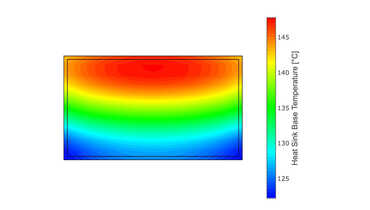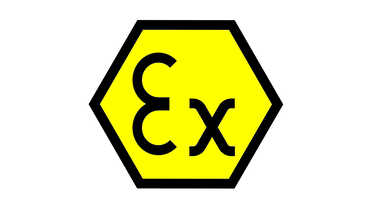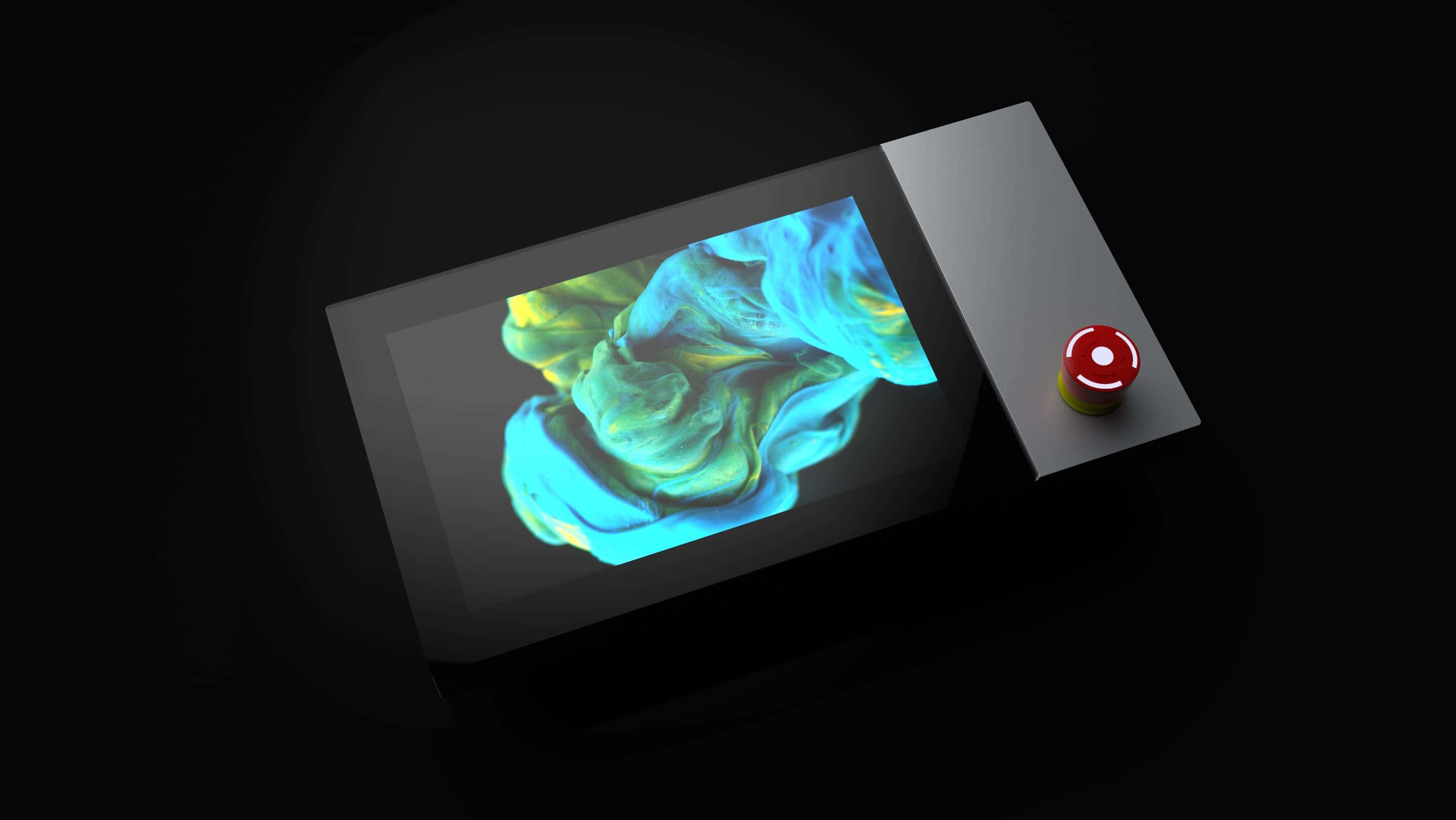The population is getting older and the standard of living is rising. This also increases the demand for medical technology services, especially in old age. And because mobility is becoming more and more important in our everyday lives, the demand for touch solutions such as touchscreens, mobile tablets and touch computers has also increased in the healthcare sector. Because today's "old" people are already much more technically advanced than they were 20 years ago.
Mobile health applications are more in demand than ever, for example to inform or advise patients. Submit the patient's file electronically to the doctor. Or to support nursing staff and nurses in their work (e.g.dem patient monitoring). It is precisely in this area that high demands are placed on medical staff in terms of continuous process optimization. Especially in the area of monitoring, the focus is also on up-to-date software that can be easily and quickly expanded with new functions if required.
HTML5 on the pre-mash
Older medical devices were still based on desktop applications. In addition, the purchase of the devices was so cost-intensive that no new acquisition of modern applications was planned for a long time. For some years now, things have changed. After all, a lot has also changed in the development of medical applications. Since many medical applications are controlled via mobile touchscreen devices, the focus is increasingly on browser-enabled HTML5 technology, which has long been established in the consumer sector.
The advantage lies not only in a short development phase, as well as fast and cost-effective implementation of new functions. But also in the fact that the system resources of mobile applications are often limited, but still run optimally with technologies such as HTML5 because they are controlled via an Internet browser.
The trend is clearly moving in the direction that more and more medical device manufacturers are developing their mobile HMIs with technology that runs smoothly everywhere.



